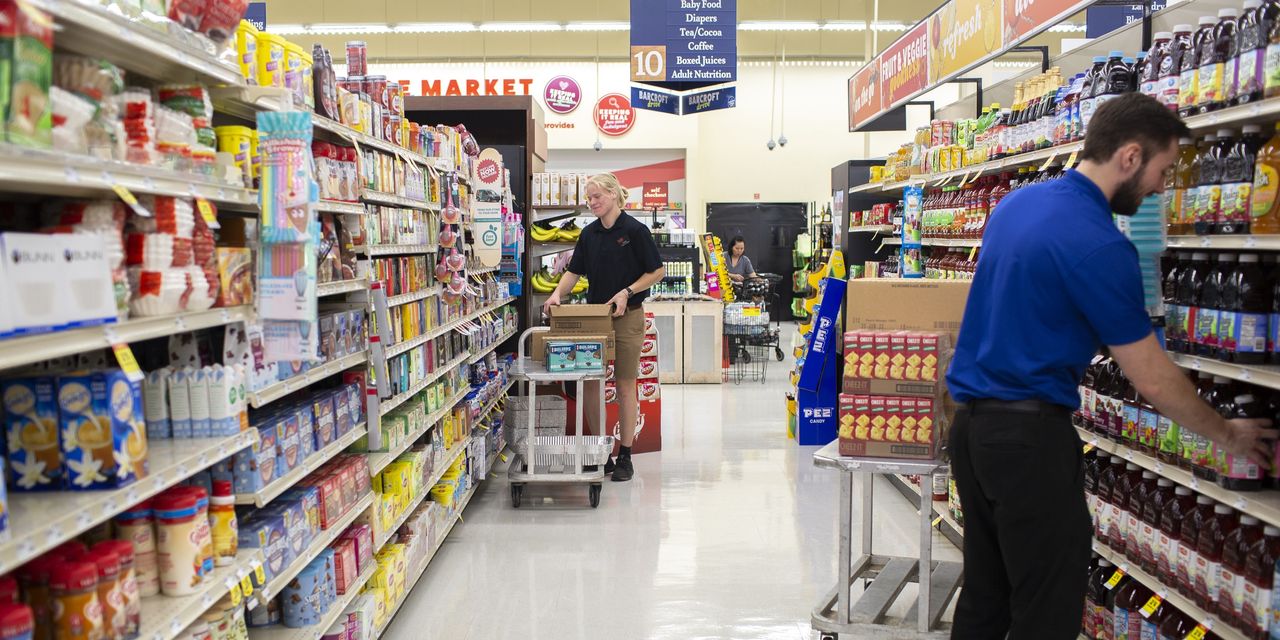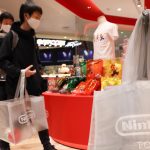
While many pandemic-driven price pressures are easing, broader sources of higher inflation are replacing them.
That is the message from a slew of alternative inflation measures that strip away price changes due to idiosyncratic swings in supply and demand, and home in on longer-lasting pressures.
These alternative indexes are signaling “inflation is not as extreme as what the headline or traditional core shows right now, but it is picking up,” said Sarah House, director and senior economist at Wells Fargo.
“All of these measures have moved from signaling price stability to signaling sharp accelerations in underlying inflation,” said Brent Meyer, an economist at the Federal Reserve Bank of Atlanta.
Some economists interpret this as inflation returning to levels consistent with a healthy economy, after being too low before the pandemic. “To now see price pressures picking up, but not at extremely worrying levels—it’s progress,” said Blerina Uruci, senior U.S. economist at Barclays.
Inflation as measured by the Labor Department’s consumer-price index was 5.3% in the 12 months through August, close to the highest in 12 years. Economists generally expect that to fall, but disagree on how much. They attribute much of the recent surge in prices to temporary causes—such as a post-vaccine spending upsurge, specific supply-chain problems and other production bottlenecks—that should fade as businesses ramp up output.
But a key question is whether prices will continue to rise more persistently once these temporary disruptions end.
The Federal Reserve has argued that inflation will recede to just above its 2% target by 2022. Nonetheless, Fed Chairman Jerome Powell, asked last week whether inflation is now broader and more structural than earlier this year, responded, “Yes, I think it’s fair to say that it is.”
There were signs in August that cost increases related to supply disruptions had begun easing. The core consumer-price index, which excludes the often volatile categories of food and energy, rose just 0.1% from July, the smallest monthly increase since February. Prices for used vehicles dropped sharply, as did hotel rates and airline fares, possibly due to the impact of the Delta variant on travel.
Alternative inflation measures can help suggest where inflation is headed, by cutting out statistical noise or zeroing in on historical pricing patterns, said Alex Lin, U.S. economist at BofA Global Research. For example, some remove extreme price swings like June’s surge in used-vehicle prices, which accounted for more than one-third of that month’s CPI increase.
The Cleveland Fed’s 16% trimmed-mean CPI—which lops off the most extreme price changes—and its median CPI, capturing the middle-most price change, both grew at the same month-over-month rate in August as in July, suggesting that falling prices for airline fares, hotels and rental cars caused the overall CPI to overstate the slowdown in inflation.
The inflation shown by these indexes is lower than the trend in the CPI and core CPI, but still well above 2%, and—unlike those mainstream measures—continued to climb in August. The trimmed-mean CPI rose 3.2% in August compared with the same month a year earlier, up from 3% in July and well above the 2% average between 2012 and 2019.
The rising trimmed mean alongside a more sluggish pickup in the median CPI signals that while many prices are experiencing above-average inflation, most are not, said Robert W. Rich, director at the Cleveland Fed’s Center for Inflation Research.
The median suggests “inflation will move back down to a range consistent with the Fed’s long-term target, while the trimmed mean is suggesting there is more upside risk,” he said. The unprecedented nature of the pandemic shock makes interpreting these movements unusually hard, he cautioned.
An index from the San Francisco Fed that reslices CPI based on historical pricing patterns also signals that temporary price spikes caused by imbalances in supply and demand are fading.
This index regroups the Commerce Department’s core personal-consumption expenditure price index into a cyclical index, whose components are more sensitive to the strength of the economy because they go up when the labor market tightens, and into an acyclical series of all other prices. During expansions of the last 25 years, acyclical inflation was usually lower than cyclical inflation, but it was faster from April to June. Now the two are about the same.
SHARE YOUR THOUGHTS
Have you noticed inflation in items that aren’t directly affected by shortages? Join the conversation below.
The Atlanta Fed’s sticky-price CPI is also signaling a pickup in underlying inflation. The index includes only items whose prices change relatively infrequently, meaning that they react slowly to changes in economic conditions—for example, medical care and rent.
“By tracking this measure, we think we’re getting something that’s telling us about…inflation a year or two or three out. And that measure is starting to move up,” said the Altanta Fed’s Mr. Meyer. The sticky-price CPI in August rose 2.6% from a year earlier, a slight acceleration from July, and nearing the 2.8% rate that prevailed just before the pandemic.
The significant increase in price pressure signaled by this and the other indexes is a potential worry, Mr. Meyer said.
Write to Gwynn Guilford at [email protected]
Copyright ©2021 Dow Jones & Company, Inc. All Rights Reserved. 87990cbe856818d5eddac44c7b1cdeb8








